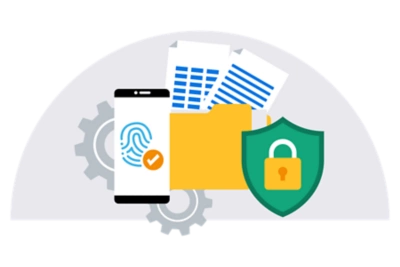Workday terms and conditions.
Our goal is to make understanding our contracts and Main Subscription Agreement (MSA) as easy as possible. Only the documents referenced in your order form or MSA apply.

Security and Privacy Exhibits
Universal Security Exhibit | Previous Version
Universal Data Processing Exhibit (Customers in US and Australia) I FAQ
Universal Data Processing Exhibit (Customers not in US or Australia) | FAQ | Previous Version
Australia Privacy Addendum to DPE I Previous Version
Production Support and Service Level Availability Policy (SLA)
Workday SLA | Previous Version
Contract Intelligence and Contract Lifecycle Management SLA | Previous Version
HiredScore SLA | Previous Version
Planning SLA | Previous Version
Customer Experience (CX) Programs, Training, and Related Terms
Additional Tenant Terms | Previous Version
Contract Intelligence and Contract Lifecycle Management Adoption Services Package Program Terms | Previous Version
Customer Experience Program Addendum | Previous Version
Peakon Employee Voice Adoption Services Package Program Terms | Previous Version
Sana Learn Adoption Services Program Terms
Training Terms | Previous Version
Workday Candidate Experience Adoption Services Program Terms | Previous Version
Workday Success Plans Accelerate Program Terms | Previous Version
Workday Success Plans Program Terms (Enhanced and Guided) | Previous Version
Workday Success Plans Technical Account Management Program Terms | Previous Version
Professional Services Agreements
PSA for Customers in the United States and Canada | Previous Version
PSA for Customers Outside of the United States and Canada | Previous Version
Launch Express SOW Terms | Previous Version
Launch Flex SOW Terms and Attachments
Launch Flex SOW Program Terms | Previous Version
Change Management Professional Services
Data Transformation Professional Services
Expert Assist Professional Services
Test Lead Professional Services
Analytics Strategy (Reporting) Professional Services
Project Management Operations (Full) Professional Services
Project Management Operations (Advisory + Support) Professional Services
Project Management Operations (Advisory) Professional Services
Additional Terms for Professional Services Addendum or Consulting and Training Addendum
Technical Services Standards SOW Attachment | Previous Version
Product-Specific Terms
Accounting Center Addendum | Previous Version
Bring Your Own Key Addendum | Previous Version
Extend Addendum | Previous Version
Government Cloud Addendum | Previous Version
HiredScore Addendum | Previous Version
Innovation Services Addendum | Previous Version
Learning Addendum | Previous Version
Media Cloud Addendum | Previous Version
Pay Transparency Analyzer Addendum
Payroll Addendum | Previous Version
Peakon Addendum | Previous Version
Planning Addendum | Previous Version
Strategic Sourcing Addendum | Previous Version
VNDLY Addendum | Previous Version
Can't find what you're looking for?
Questions about your contract?